|
93 Made Games opens their master design file and looks back over the last five years of the development of Monster Town. There are many differences to the original concept; however, a few key themes and gameplay elements have survived half a decade of play-testing. Just three months shy of 93 Made Games' first birthday, Monster Town Lead Designer Anthony Condos, conceptualised an adventure card game where players would reveal locations (to be captured) and encounters (to be dealt with) from a central deck. Whilst this doesn't sound too different from the final game, it was the players rather than their gang members who were directly affected by the locations and encounters. Also, because there were no gangs, there was also no combat. Thus, the first change was to add gangs and combat cards through which gang members could 'attack' each other, suffer wounds and be killed off or turned. This also introduced the idea of different races - Humans, Vampires, Werewolves and Zombies. Combat was further expanded to include combat abilities on the gang members and a mechanism to limit the exploitation of powerful abilities through the consumption of 'power'. So this is the origin of the blue Power Dice. Through further play-testing, the design team found that the basic win condition of, what was then, capturing a set number of locations would not always be achieved prior to the location/encounter deck running out of cards. This lead to the creation of the 'end game' phase where a free-for-all final combat would ensue, with the winner being the player who had the last gang standing. The victory conditions were further tweaked over the five-year development and included timed games, combat-only games and varying the number of locations required to win. Eventually, the design team settled on a 'conquest points' system where players needed to reach 10 conquest points to win with locations being worth 1 each and gang members being worth varying amounts but only if killed during the end game. At around the same time the end game phase was devised, Anthony started work on the artwork. Preliminary designs were rudimentary in order to get across the basic themes but were soon improved by using models for each of the gang members and non-playing characters used in the game. You may notice that all of the gang leaders look an awful lot like someone who is very closely involved with the creation of the game. Whilst Anthony was compiling the artwork, he also added special items (weapons, armour and augmentations (which were at the time simply known as special abilities)) as a card type. Originally, each gang deck was going to include 10 special items; however, this number had to be reduced so that all of the flavourful combat cards could be retained. Fortunately, many of these special items will be included in the Reinforcement Packs that will be available to Kickstarter backers. With the addition of special items and the artwork coming along nicely, the design team's next big job was to streamline the game by removing superfluous cards and rules. The first to go were the double-sided follower/attacker cards. Whilst having an image of a follower on one side and an image of an attacker on the other was visual appealing, it took away from the suspense and surprise of revealing cards from the location/encounter deck. Therefore, only one image was used and both effects were moved to the same side of the card. Another significant change was the introduction of uncapturable locations, which played similarly to encounters but kept the theme of travelling through Monster Town. The game was eventually trimmed down from 200+ different cards to a much more manageable number across four gangs. Even though the flavour of the game had been built up from an early stage, the specific themes and history of Monster Town and each gang was thin on content. This is where Design Manager Sean Carroll came up with the idea of 'power' representing the emanations from 'The Dark Spire', a mysterious monolith that has corrupted the denizens of Monster Town. The backstories of the gangs were fleshed out from this basis and thus Humans became the Renegade Militia, Vampires would be known as the Brotherhood of the Fang, Werewolves would don the name Wölfenpack and Zombies were all too obviously titled The Living Undead. The last few months of design and development included some radical but necessary changes, such as the adjustment to scouting where players originally were able to reveal all of the scouting cards at once instead of one card at a time. This further increased the suspense and the “edge-of-your-seat” action that the game provides. After five hectic years of development, Monster Town is now ready to claim. Successful beta play-testing has been conducted with no holes found whatsoever. We used some of our most cunning play-testers, who have repeatedly broken our alpha prototypes, to ensure the fidelity of the game. And also to make sure Monster Town is still as enthralling to play as ever. We will be launching the Monster Town Kickstarter campaign in the very near future so stay tuned to 93 Made Games for comprehensive details on all of the amazing rewards that are on offer. Monster Town is an expandable card game set in a fictional city whose denizens include all manner of supernatural beings, such as Vampires, Werewolves and Zombies. Players command their gang and wage brutal combat against each other as they journey through Monster Town. The backstory of Monster Town is told in reverse narrative, where the first game is actually the last chapter in an intriguing chronicle. Each expansion adds to the story and unravels the mystery behind the appearance of the Dark Spire - an ethereal power source that has warped the citizens of Monster Town.
0 Comments
Leave a Reply. |
Indie Games UnitedIndie Games United is a retailer and advocate of independently designed and published tabletop games. We collaborate with designers and publishers to provide gamers with unique, high quality and novel games. Archives
May 2023
Categories
All
|

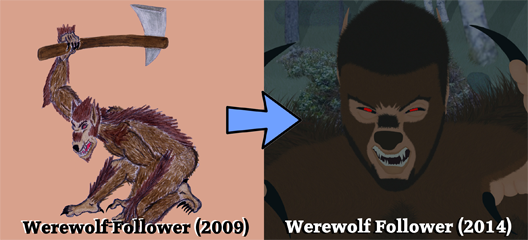
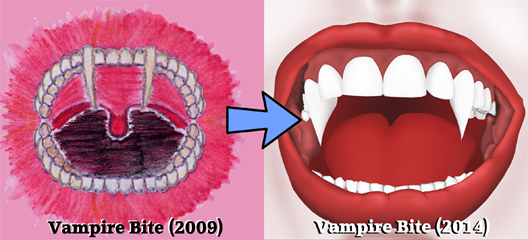
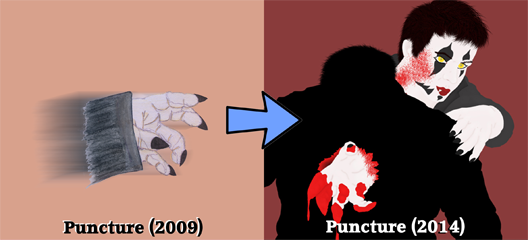
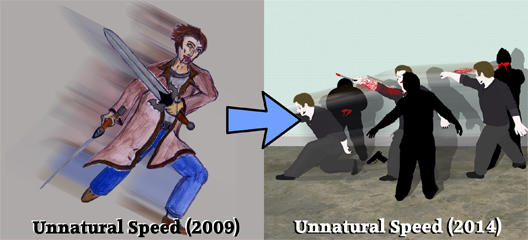
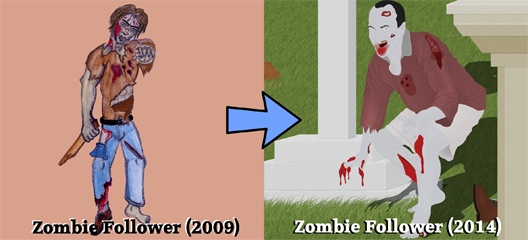
 RSS Feed
RSS Feed